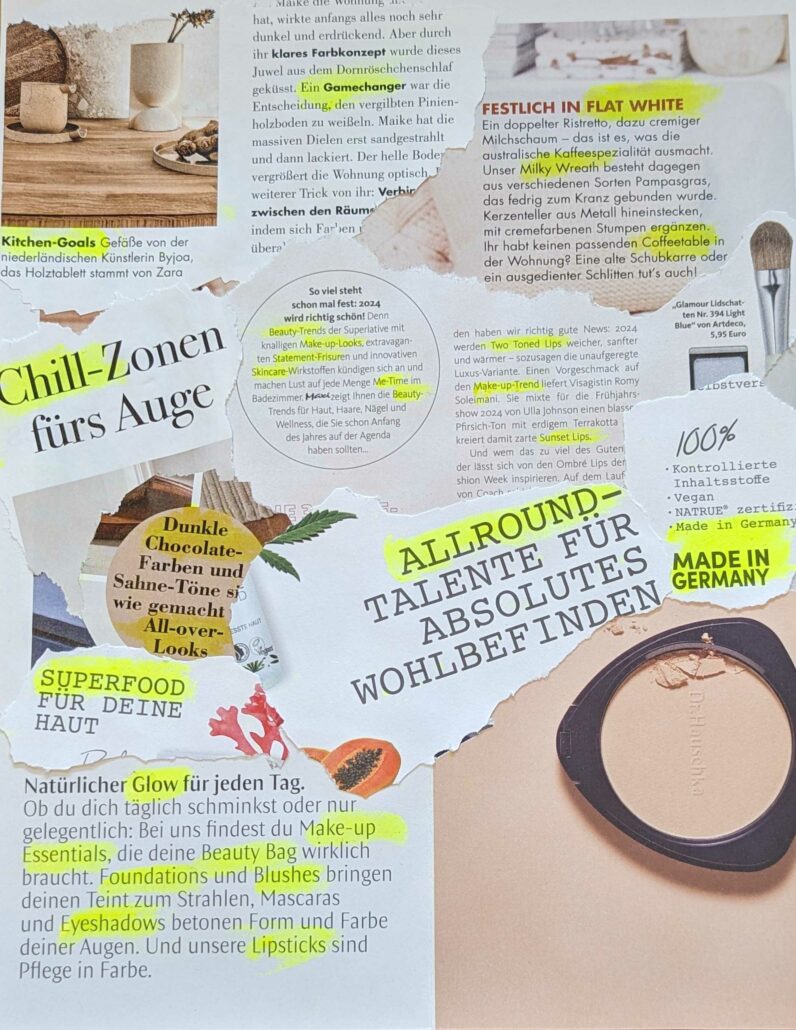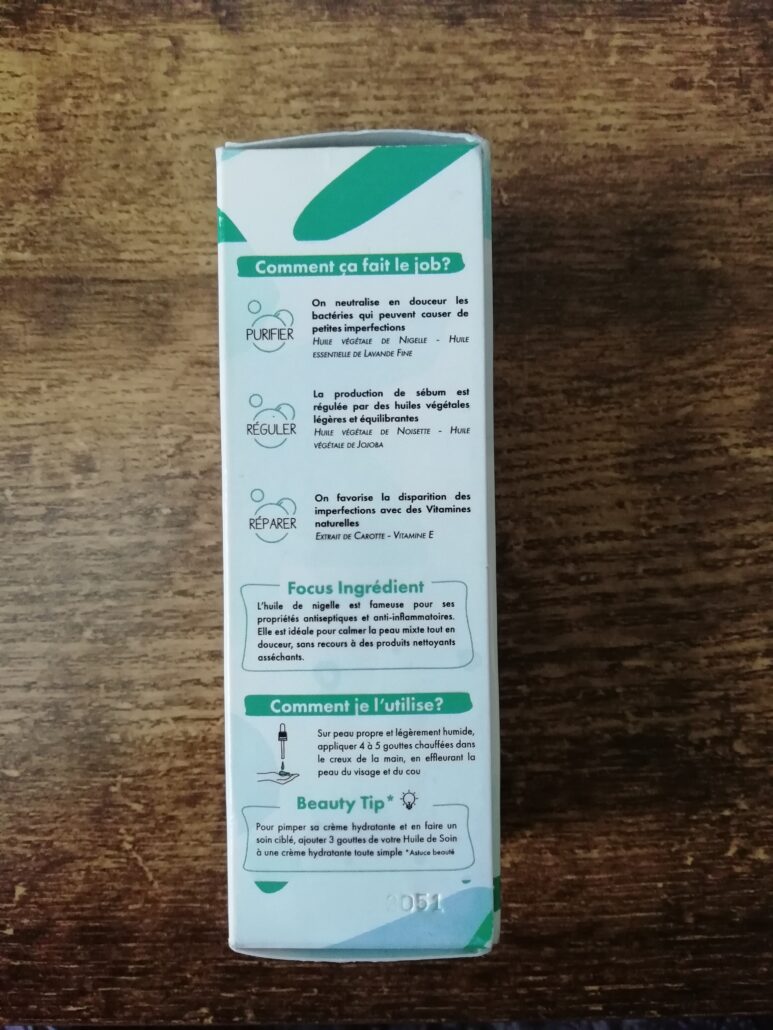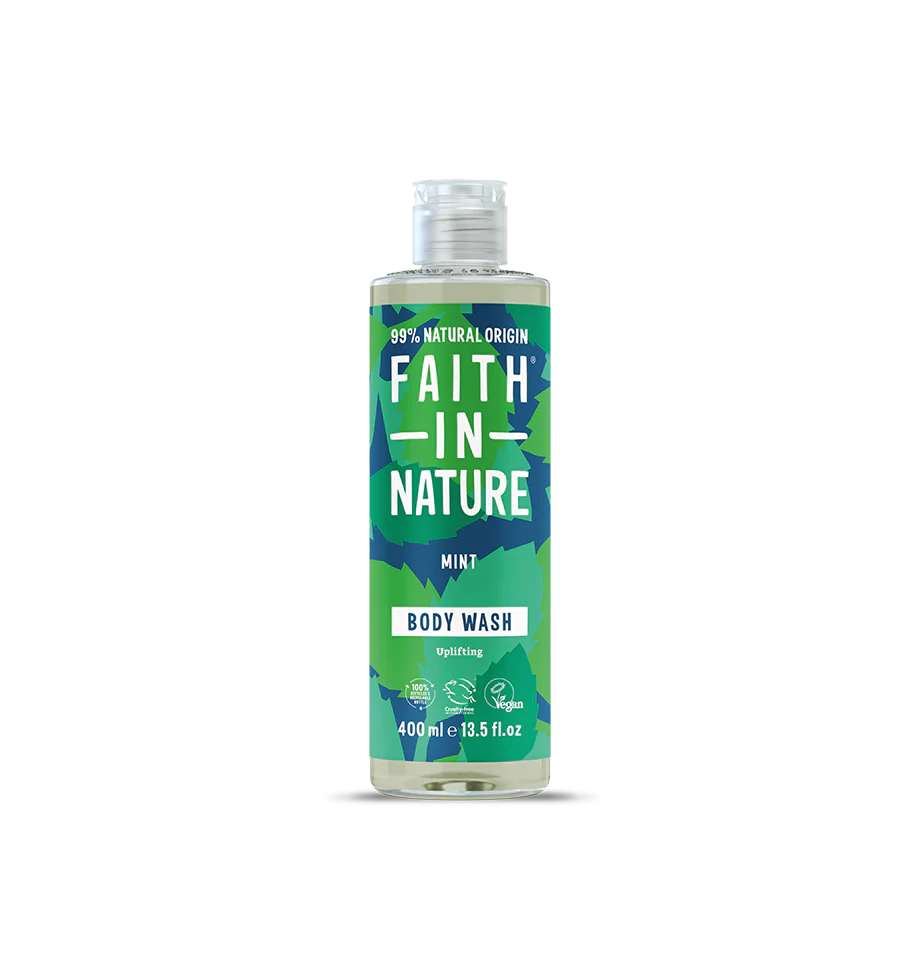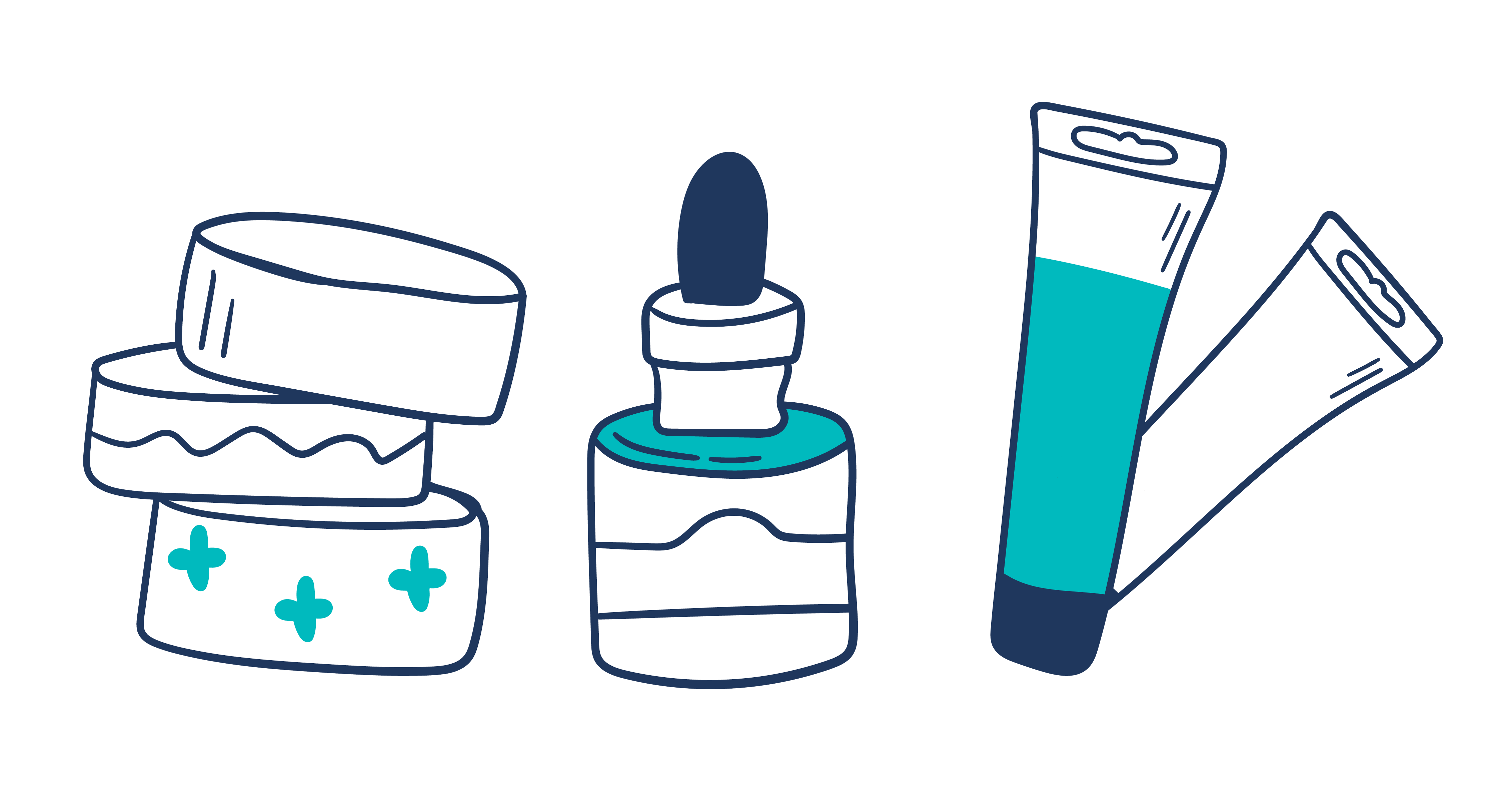Beyond translation: How to localise beauty content for European markets
When you’re looking to enter new markets and grow as a beauty brand, what do you need to do to lay the groundwork for your products? Translating your marketing content and packaging copy is naturally a first step, but is there more you need to consider than a direct translation from one language to another?
The answer is a resounding yes, and it’s what we mean when we talk about localisation. When you take your brand and products into new markets, there’s much more to consider than just translating the words on the page or on the label. You need to make sure that your translation makes the right impression and resonates with each culture.
That’s true for any product, but especially so in the health and beauty industry where the average EU consumer uses over 7 different cosmetics daily and nearly 13 different cosmetics weekly. Being aware of cultural perceptions around skincare and cosmetics in your country of export is therefore key to a great translation and it’s how we help brands market the same products in a different, equally successful, way to their intended audience.
So when you’re looking to localise your creative content and packaging for different EU markets, what do you need to take into account?
Consider how each culture thinks about beauty
Part of what makes translation such a complex process when you’re selling health and beauty products in Europe is that you’re never just selling the product. You’re selling the concept of beauty itself, and beauty can mean different things in different cultures.
France, for example, is renowned for its beauty brands. Beauty is deeply rooted in French culture with regions such as Grasse (perfumery), La Gacilly (Yves Rocher), Castres (Pierre Fabre – dermo-cosmetics), Chartres (Cosmetic Valley) and Saint-Jean-de-Braye (LVMH) being home to historic cosmetic research and development centres. It’s a highly competitive market to be in so it’s important to know what French consumers are looking for.
In France, an understated look is often preferred, but that doesn’t mean that French women don’t invest a lot of time, effort and money into their beauty. “It tends to be about enhancing natural beauty and using products to create an effortless, minimal and natural look. All of course, with an eco-conscious mind at play,” advises Clémence Chénel, our Senior French Translator.
In Germany, beauty standards are more natural than in the UK or US, and there is less of a cultural need to wear make-up. Of course, thanks to Instagram, TikTok and YouTube, an increasing number of young people are using make-up as a way of expressing themselves. “Most women I know wear make-up, but very, very subtly in everyday situations. It’s more used to hide some minor imperfections and accentuate your features. For them going to work is not a fashion show. Going out at night? That’s different, that’s when you create a ‘look’,” adds Julia, our Senior German Editor.
Learn when not to translate your beauty content
Loan words are a huge consideration when translating for the beauty industry. They can be read on many products sold to an English-speaking market – think, eau de parfum for example – and the same goes for markets in Europe.
If you pick up a German beauty magazine, you’re bound to find plenty of English words sprinkled throughout the copy. The reason? Constant innovations, new developments and ongoing globalisation, for one. The world is turning faster than we can naturally translate newly invented words. Language is a living thing that changes. Nobody wants to be left behind, hence the willingness to borrow foreign terminology.

Another reason: a generation’s youth shapes the language. This is a generation that has grown up with social media where a lot of content is consumed in English. In the 1950s the percentage of English language terms in the German vocabulary was thought to be around 0.04%, but now linguists estimate it to be closer to 10% – which would mean a share of around 45,000 English words. And according to a recent poll around 12.31 million Germans aged 14 and over (that’s almost 15% of the population) rated their own English skills as very good (compared to 1.62 million with very good knowledge of French). However, self-perception does not always equal reality and that’s where you can rely on an experienced translator who can tread the fine line between appealing to one audience without alienating the rest.
The picture is a rather different one in France. Whilst it’s not uncommon to see English words for beauty techniques such as ‘contouring’ or ‘scrunching’ woven into French creative content, it’s rare to see a product name without its French counterpart or explanation. In fact, it’s a requisite of the 1994 Toubon Law that any foreign word used in French advertising should be translated in a way that is clearly visible on the advert and preceded by an asterisk. While intended to preserve the French language, the law equally aims to protect the French consumer by ensuring they can fully understand what a brand is selling.

Then there’s the practical element of it. Space is limited on product labels, and French and German words can often be substantially longer than their English counterparts – so do you want to use up that valuable space by saying ‘Feuchtigkeitspflege’ when ‘moisturiser’ will be understood just as easily? Will an English word simply ‘faire le job’?
Exactly how many loan words to add and where is often down to a translator’s cultural knowledge and industry insight, and is what a professional translator can provide beyond a mere fluency of their language.
Know that not every marketing claim lands the same in each market
For localisation to work at its very best, you’ll need to consider what message will resonate best in your intended market.
In Germany, for example, consumers don’t take well to hyperbole. “If you show them a product that claims to rejuvenate their skin or eliminate their pores, you’ll be met with scepticism,” explains Julia. “While those claims might work well in a British or American market, in Germany you’d need to adjust those messages to something more subtle like ‘leaves skin feeling rejuvenated’ or ‘conceals pores’.”
High-quality, organic and natural skincare has a long-standing history in Germany with brands such as Weleda (est. 1921) and Dr. Hauschka (est. 1935) having made a name for themselves outside of Germany (and Switzerland) – Madonna, J Lo and Julia Roberts are all fans. However, this doesn’t mean you can simply state in a translation that your products are of high quality and expect them to be snapped up immediately. A German consumer’s trust must be earned and they’ll want to see claims backed up by certifications or concrete facts – is your product really ‘cruelty-free’? The claim won’t hold much weight unless you back it up with a label like the Leaping Bunny logo to substantiate it.
It’s also important to consider legislation when it comes to translating marketing claims, as the EU is cracking down on greenwashing.

You may even need to think about adapting the layout of your website depending on who your European target market is. It’s no accident that L’Oréal’s US homepage features videos of influencers promoting brand products, while their UK landing page opts for a strong headline and artistic imagery including an image of the Eiffel Tower, but their French equivalent delves straight into the product offering.
“French consumers are now more than ever in search of natural, clean products that come in sustainable and minimalistic packaging,” adds Clémence. “Inclusive brands also have an increasingly greater role to play, so that people of any skin colour or hair type can find the products that feel right for them.”
As translators, we take on the role of cultural advisors to brands. That means we use our insights and industry knowledge to help beauty brands get off on the right foot in new markets – from crafting country-specific style guides and glossaries of key health and beauty terms, to supporting with international SEO and packaging translations.
To find out more about how translation and localisation can help with taking your health and beauty products into the EU market, get in touch to book a localisation clinic.
